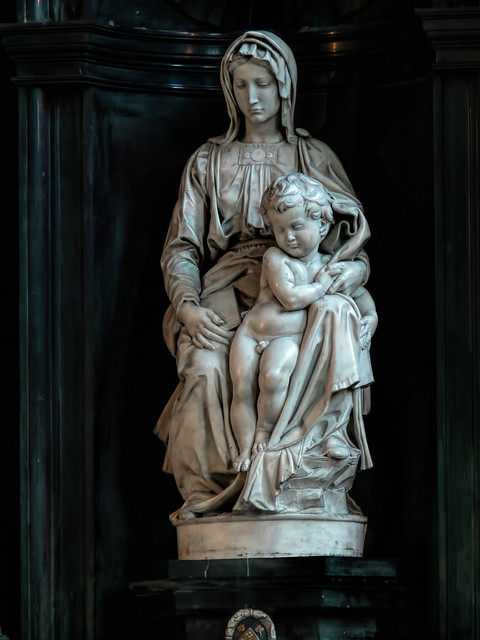Italy

Italian Renaissance sculpture marked a profound shift from its Gothic predecessor. Gothic works, spanning the 12th to 15th centuries, were deeply intertwined with the soaring architecture of cathedrals, adorning portals and facades with elongated, vertically emphatic figures that aspired toward the divine. Clad in intricately folded drapery, these symbolic forms—often carved in narrative reliefs framed by quatrefoils—prioritized spiritual expressiveness and ornate detail over anatomical truth, serving as vivid moral lessons for the faithful in places like Chartres. Though late Gothic artists like Nicola Pisano began blending classical echoes into their style, the overall effect remained stylized and otherworldly, rooted in medieval Christian idealism.
In contrast, the Italian Renaissance sculpture of the 14th to 16th centuries revived the classical traditions of ancient Greece and Rome, embracing humanism and empirical observation. Emerging in the cultural hubs of Florence and Rome, sculptors such as Donatello, Michelangelo, and Lorenzo Ghiberti crafted freestanding figures, bronze nudes in contrapposto, heroic marbles, and perspectival bronze doors, that celebrated the beauty and proportion of the human body. No longer bound to architectural decoration, these works achieved a naturalistic vitality and mathematical harmony, reflecting the era’s confidence in individual potential and secular patronage. Where Gothic sculpture reached upward in devotional fervor, Renaissance sculpture stood firmly on the ground, embodying the rebirth of classical restraint and the dawn of modern artistic inquiry.
